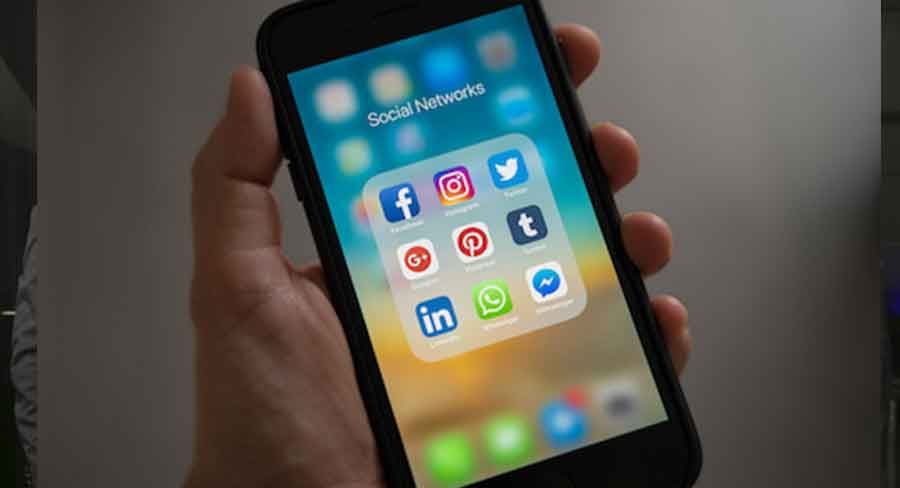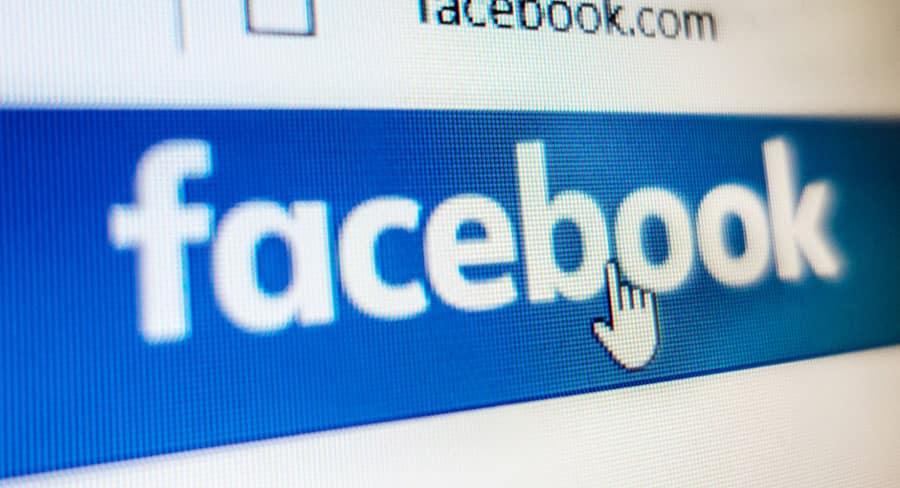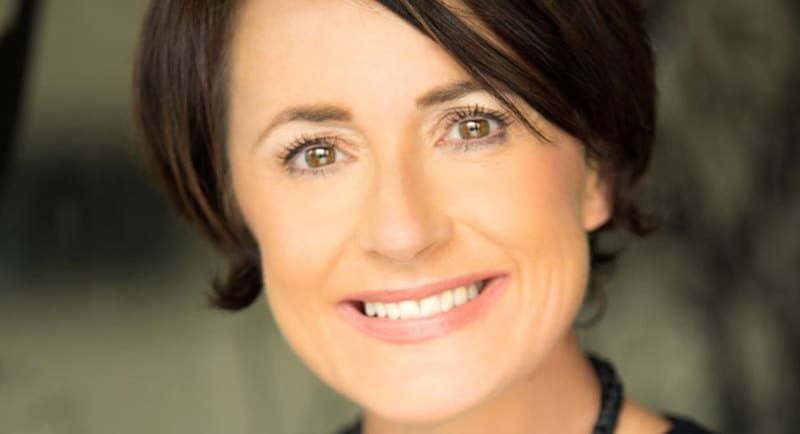By Angela Feruglio, director for Seed Advertising & Media Consultancy
Heraclitus, the ancient Greek philosopher, is remembered for his famous quote “there is nothing permanent except change”. Nicknamed ‘The Obscure’ for his paradoxical philosophy and cryptic musings; I wonder if he ever anticipated the momentous change we’ve encountered since COVID-19 hit our shores?
The Impacts of Covid
As cases spread to pandemic proportions last year, lockdowns and logistics forced marketers and the advertising industry to pivot. Almost immediately, advertising spends were cut as a knee-jerk reaction to retail being closed. PWC’s Australian Entertainment & Media Outlook 2021-2025 reported that total Australian advertising spend contracted by 8 percent, to A$15.4 billion by the year’s end.
With significant industry experience of slashed budgets, businesses, and agencies collapsing during the 1990 Global Recession and 2008 GFC; I was familiar with the process of marketing taking a short-term backward step, but this was a recession-style crisis unlike any other. The shops were shut and consumers were confined to their homes. Tactile impulse buying was substituted with a virtual-only experience.
Digital and technology became saviours for many brands and businesses that might have otherwise ceased to exist. To support the rapid shift to digital and e-commerce, brands needed to promote themselves to compete for every possible consumer dollar. By the year’s end, Digital advertising spend had grown by $3 billion year-on-year. It was a predictable win for the BVOD, Social, Display, and Social channels. Given Australians were immersed in their screens for longer periods of time, and marketing’s obsession with attribution and measurement – CPM, CPC, CPA, ROI – online advertising investment was an easier ‘sell’ to Executive Levels and Company Boards as a justifiable short-term solution.
I have observed unprecedented ROI levels across Seed’s suite of clients across multiple countries. Whilst the escalation of eComm didn’t make up their retail revenue shortfall, the move kept many clients’ businesses afloat and their staff employed. Along with strong Nov and Dec Retail spending, total 2020 consumer spending dropped marginally by 1.9 percent to A$42.5 billion by the end of the year.
We dismissed 2020 as a bad nightmare and welcomed the new year with fresh optimism. We longed for change, or at least a fusion of massive digitisation and the freedoms of the past.
Bouncing Back
Digital advertising continued its growth momentum as marketers were now fully hooked to the performance drug. No-one was going to get fired for putting Google and Facebook on the schedule. BVOD became an easy inclusion of a brand’s AV presence – or in some cases a replacement of linear TV altogether. Digital measurement was like Wonder Woman’s bracelets of victory, shielding them from the constant need to justify media investment.
This shift got me thinking:
How much spend is enough on digital, and by channel? What’s the diminishing point of return? What’s the incremental reach of adding other digital channels to the mix?
Learning the media craft in a pre-digital era, I was brought up on the principles of Reach and Frequency being the foundation of media effectiveness. Herbert Krugman was revered as the 1960’s Grandfather of the effective frequency model, and his frequency level of three is still embraced by many marketers today. Taking into account the way our human brain functions, from learning to read, grasping a new language or reciting from a favourite TV movie – repetition is key. In Krugman’s “Why Three Exposures may be enough” theory, the first exposure was discovery, the second, relevance, and the third consideration.

This theory was evolved by Joseph Ostrow in 1982 who demonstrated the importance of incorporating marketing, copy and media factors when determining the sweet spot for effective reach. Fast forward to 2010 and Byron Sharp shifted the goal posts yet again, arguing for brands to focus on broad 1+ reach to build brand health and sales. His book, How Brands Grow, quickly became a global bestseller and a must-read for marketers.
Whilst over 40 years have passed since the Krugman’s model, the basis of media effectiveness has largely remained the same – with Reach and Frequency being the foundation.
Measuring Reach
Most offline media channels have official media measurement tools to provide reach and frequency projections for planners; such as eTAM, eRAM, Roy Morgan and MOVE. These companies operate separately and independently from the media companies that largely fund them; and are designed to enable planners to make informed decisions about placement, weight and share of spend.
These tools assist planners in answering the fundamental questions of how much is enough; the diminishing point of return by channel; and incremental reach.

Whilst digital platforms enable us to report on very granular levels of data that provide deep insights into audience segments and message effectiveness, there is not an industry standard uniform approach. Video Views is a case in point. Depending on the publisher, a view can be counted from when the video automatically starts through to a completed view. Comparing this to a longstanding offline measure – OTS (Opportunities To See) – you could argue that it’s a self-fulfilling shifting of the goal posts.
The same applies with Reach.
Whilst there have been many industry studies over the past several years, there is no reliable third-party measurement for predicting and delivering audience reach. Nielsen’s 2017 Cross Media Reach research demonstrated that digital-only investment can hit a ‘reach ceiling’, but not at a channel level.
Trusting Facebook’s Numbers
Facebook has its own internal calculator for estimating reach. But how accurate is it, and in isolation of other media channels, is it of any real value?
Nielsen’s July 2021 Digital Landscape Report estimates that the total digital universe of People 18+ in Australia is 20,061,877. Just over 17 million, or 85.6% of them browsed Facebook over the past month. In isolation, this is a big attractive number. A bit like buying The Block for a month. But like any big TV ratings hit, Facebook is just one channel in a highly fragmented sea of digital content for consumers to immerse themselves into. Taking the TV analogy further, when you break it down into dayparts, how much time is spent scrolling Newsfeeds vs. Stories vs. Videofeeds vs. Marketplace? What is the potential reach of one format over another? And is there a Facebook equivalent of midnight to dawn placement?

Have we been so mesmerised by the wonders of microscopic digital measurement that we’ve lost sight of the bigger Reach picture?
COVID taught us to pivot, be community minded and act for the greater good. So isn’t it time for Digital to catch up and establish an independent reach measurement system?
Afterall, there is nothing permanent except change.

